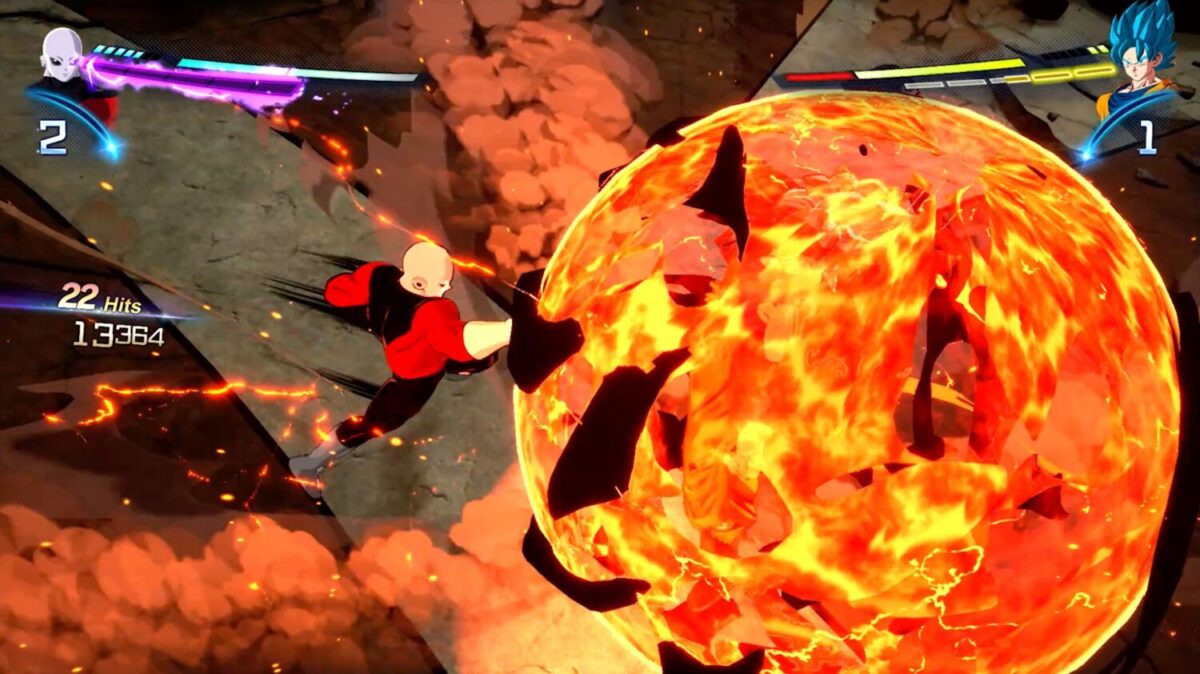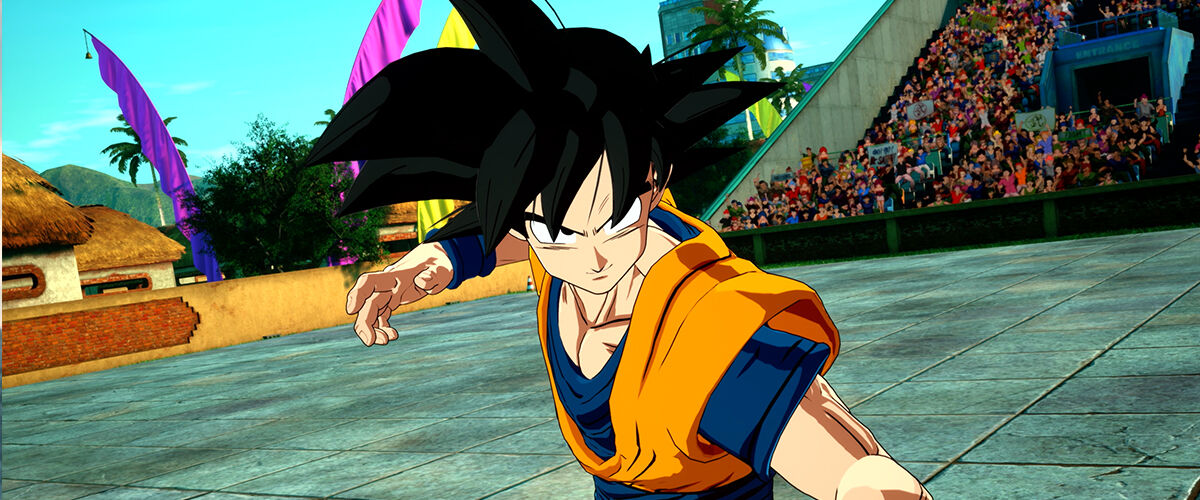- Shares
- 58
Few works in the annals of anime history can hold a candle to the legendary Dragon Ball series, especially when it comes to fighting action. Created by the illustrious Akira Toriyama in 1984, the original manga sparked many memorable clashes over the years, some even seeping into the next generation. This fervent warrior’s spirit would go on to become the franchise’s beating heart, presenting the perfect opportunity to venture into the fighting game genre.

The Budokai Tenkaichi titles, dating back to 2005, brought the animanga’s high-octane action into the 3D arena brawler space, and quickly amassed a loyal player base. Popularity came calling, and multiple sequels soon followed, with the latest entry Dragon Ball: Sparking! ZERO making a triumphant return three console generations after the last game in the franchise.
As detailed in our first preview of the title, the highly-anticipated outing is off to a promising start with satisfying, high-speed one-on-one battles and updated visuals worthy of the current console generation. But an extended three-hour session offered another alluring, tempting proposition for fans: the chance to live out the power fantasy synonymous with Dragon Ball.

In the game, this is done through the Custom Battle mode, a single-player experience centred around creating unique battle sequences. It’s not the usual fare, either as apart from picking the map stages and fighters, players can also customise intro and outro sequences featuring the chosen characters, both villains and heroes alike, allowing them to craft any battle sequence they desire, from start to finish.
For producer Jun Furutani, this experience bears personal significance. Turning back the clock to his childhood days, he explains, “When I was watching the anime as a kid, I would always let my imagination run wild and think of how cool it would be for [main protagonist] Goku to beat Frieza, Majin Buu, and all the other enemies.”
Then, the pieces clicked and he’s now able to turn a childhood fantasy into reality and wants to extend an invitation to enthusiasts to engage their creativity and imagination.

As such, the level of customisation for this feature is surprisingly in-depth, with players able to create multiple “cuts”, or segments of an overarching cutscene, formed by combining the cuts in sequential order. Each cut can be created basically from scratch, with the game providing numerous templates comprising different animations such as character face-offs, or more generic animations to simulate characters’ movements between scenes. Simply put, it serves as a platform for headcanons – a personal set of ideas an individual has about a narrative, character, or the like that isn’t established in the story itself – to come true.
From the get-go, the team’s intention to deliver a personalised experience was clear. In Custom Battle, there’s near-complete freedom to build different fight sequences from scratch, including fine-tuning the placements of individual characters and selecting individual poses and facial expressions for each of them from overwhelming variety, which can result in rather hilarious scenes and interactions. Special effects can also be added to make scenes more dramatic, such as simulating characters powering up and other miscellaneous tweaks like slow motion. Additionally, scripts and subtitles can be added to the scenes, with a staggering pre-selection of around 5,000 lines to choose from and interchangeable nouns within each sentence.

More curiously, Dragon Ball: Sparking! ZERO doesn’t feature equal power dynamics. The choice of fighters will play into the odds of winning, with canonically stronger characters dealing more damage and hitting harder than others in the roster. The unbalanced approach may not be everyone’s cup of tea, but it pays homage to the animanga’s over-the-top flair and Super Saiyan power-levelling feats, elevating its overall fan appeal.
“One of the most important things we focused on when designing [Custom Mode] was to allow players to step in the shoes of the character, experiencing the situation unfold from their perspective. Immersion was one of the key focal points of the design process, together with ensuring that the game felt realistic and true to the characters,” explains Furutani.

“There are instances when you choose a bit more minor characters, and that’ll reflect their strength and also carry over to Battle Mode. This game’s purpose is to immerse in the world of Dragon Ball, rather than, say, compete in an esports setting,” he adds, highlighting that the team made sure “every possible combination is available for every user”, and that selected scenes felt “realistic to the Dragon Ball franchise, to serve the core fans of games.”
The secret sauce lies in fleshing out the experience of “be[ing] in the shoes of the character and becoming them”, a guiding principle that went into deciding what iconic scenes to include in the game and accentuated by the huge backlog of iconic scenes in Dragon Ball’s history.

“We are always thinking about how it would feel to experience events from the character’s perspective, considering various attributes like where the other characters are positioned, relaying their feelings to the player with different facial expressions and mimicking their behaviour,” reveals the producer.
Capping Custom Battle off is the ability to create title cards, static images that not only serve as an introduction to the battle but also allow for custom names. Much like cutscene subtitles, title customisation is equally in-depth, featuring preset sentences and special phrases that can be swapped out with up to two pre-selected words.

This makes the choices provided for the replacement words staggering as well, covering a wide range of words from character names, group titles, common nouns, and even names of food products. Again, how ridiculous a battle’s title sounds or plays out will be entirely up to players, with “Give back my instant ramen” coming in as a stellar example.
The preview also provided more information on the two other single-player modes – Episode Battles, and Bonus Battles. These modes are more story-focused, with the former acting as a story campaign that sees individuals choosing between eight characters, and reliving key battles from Dragon Ball Z to Dragon Ball Super, a first in Budokai Tenkaichi history. Special theoretical scenarios, meanwhile, present alternative takes on canonical series events, allowing them to make decisions that would be unavailable otherwise, such as the option to side with Piccolo. These choices will change the current episode and impact other character stories, though the extent of this influence in the game is currently unclear.

Finally, Bonus Battles pack bite-sized additional story scenes that involve battles between preset characters. These stages range from iconic fight scenes presented throughout the series to specially crafted fights that typically feature challenges like facing overwhelming odds (think a 1v5 scenario where all opponents are powered up). Some scenarios even have unique modifiers and conditions, such as defeating a foe within a certain time limit, ranging from low-level battles meant as training stages of sorts to Super Saiyan battles – high-octane fights designed to push players to the limit.

After two previews covering the various aspects of the game, it’s clear that Dragon Ball: Sparking! ZERO is shaping up to be the ultimate dream for fans, especially with the impressive thought put into honouring well-loved elements of the series. All that remains is whether it’ll appeal to players when it launches on 11 October 2024 for the PlayStation 5, Xbox Series X/S, and Windows via Steam.













